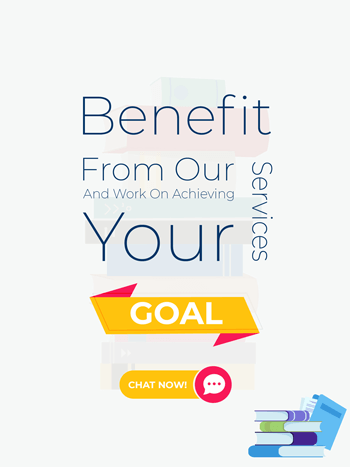Effective Learning Strategy – No More Falling Behind on Assignment
If you are having trouble keeping up with your work, then you need to adopt an effective learning strategy to avoid falling behind. To do this, there are a few things you can do. Choose Correct effective learning strategy is difficult for many students. Get our expert help assignment writing help online and solve this learning strategy issue. Here are some of them:
Catch up on only one subject or assignment in a day
Are you a student who has fallen behind in your studies? If so, you’ll need to take a proactive approach to get back on track. You might need to change your social plans, re-arrange your schedule, and perhaps even take a day off work. Luckily, there are several steps you can take to get your schoolwork done. First, write down your list of subjects. Then, identify the most important ones. Finally, make a “catch up” list. This will give you a sense of control over your time and ensure that you complete all of your required reading material. Once you’ve finished your list, you can start tackling your assignments one by one. Hopefully, you’ll see the results of your effort in no time.
If you’re a college student, you’ll probably need to be proactive in order to keep your grades up. There are several things you can do to avoid getting caught up in the black hole that is class overload. For example, you can re-arrange your social plans, set up work from home days, or simply do more of the things you enjoy doing, like reading, watching TV, and surfing the web.
Organize your calendar, diary, and schedule
If you want to organize your calendar, diary, and schedule for an effective learning strategy, it is important to get a system in place. This helps you to make sure that you don’t miss any appointments or don’t forget any of your commitments. You may also need to decide which system you will use. There are several different types of calendars and diary systems available, including digital and desk calendars. Regardless of the type you choose, the key is to use the system that best fits your needs.
For instance, if you have a lot of events or tasks to keep track of, you may want to consider using a color-coding system. This makes it easier for you to find things when you need them. A system like this can help you to prioritize your tasks, ensuring that you complete the most important ones first. In addition to that, you can use symbols to indicate which tasks need to be completed.
Create a “catch-up list”
When it comes to creating a “catch up” list, the best approach is to do it in a structured way. You may be able to work out a schedule that will give you the time you need to get ahead. For example, you can get a good chunk of work done in the evenings, leaving you free to study your favorite subjects on the weekends. As a result, you will be much more productive, and much less likely to slip up.
Another trick is to assign a specific amount of time to working on each subject, such as 10 minutes of each subject per day. This will ensure that you don’t lose track of the big picture. While you are at it, you should also take the opportunity to reassess how far behind you are, and make a plan to catch up.
Use rubrics to grade assignments and tests to reduce inconsistencies
When it comes to assessing student work, rubrics are a great tool. They can help make the grading process more efficient and consistent. Rubrics can also increase transparency and objectivity. However, despite their usefulness, there are several considerations to keep in mind before using them.
Rubrics should be clear, concise, and include appropriate descriptions. Using a single, simple, and straightforward description is the best way to ensure that students understand the assignment. This is especially important in STEM classes where assignments tend to be problem-based and analytical.
Effective rubrics use specific descriptions and avoid words such as “excellent” and “good”. The goal is to avoid subjective judgment. Instead, focus on the quality of sources and how they align with the outcome.
A good rubric can reduce the amount of time teachers spend evaluating student work. It can also improve student self-assessment. By using a clear rubric, students can understand the criteria for each assignment and evaluate their own performance.
Focus on learning instead of evaluative aspects of grading
One of the first things I do when meeting a new student is make a point of letting them know that grades are not what they used to be. Although grades are still required for admission into many colleges and universities, there are a number of ways to encourage students to focus on the task at hand rather than their petty pigeons. A good example is the use of contract grading. The contract grading system has been implemented in schools and libraries across the country, and is an excellent way to reward student achievement with cash perks and bragging rights. Despite the challenges of implementing this type of grading scheme, most students are happy to oblige.
Although the aforementioned schemes are more about refocusing than actual grading, the one sized deal will likely result in happier, more engaged learners. Aside from allowing teachers to devote more time to instruction, contract grading is also a fun way to make the learning experience more personal and relevant.



